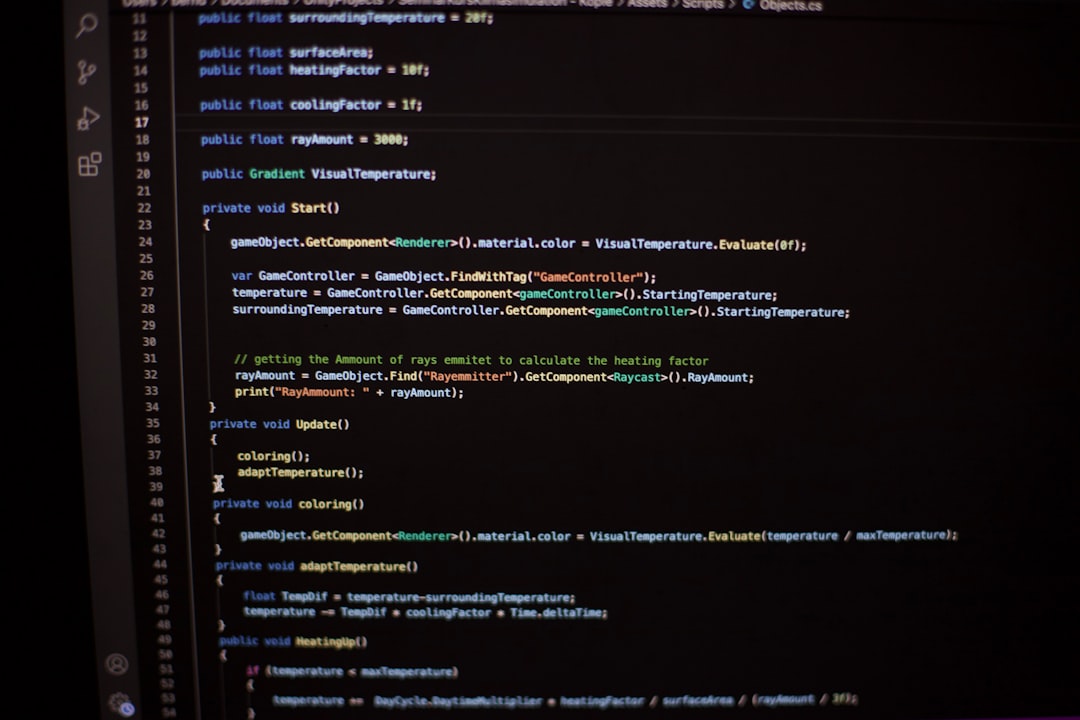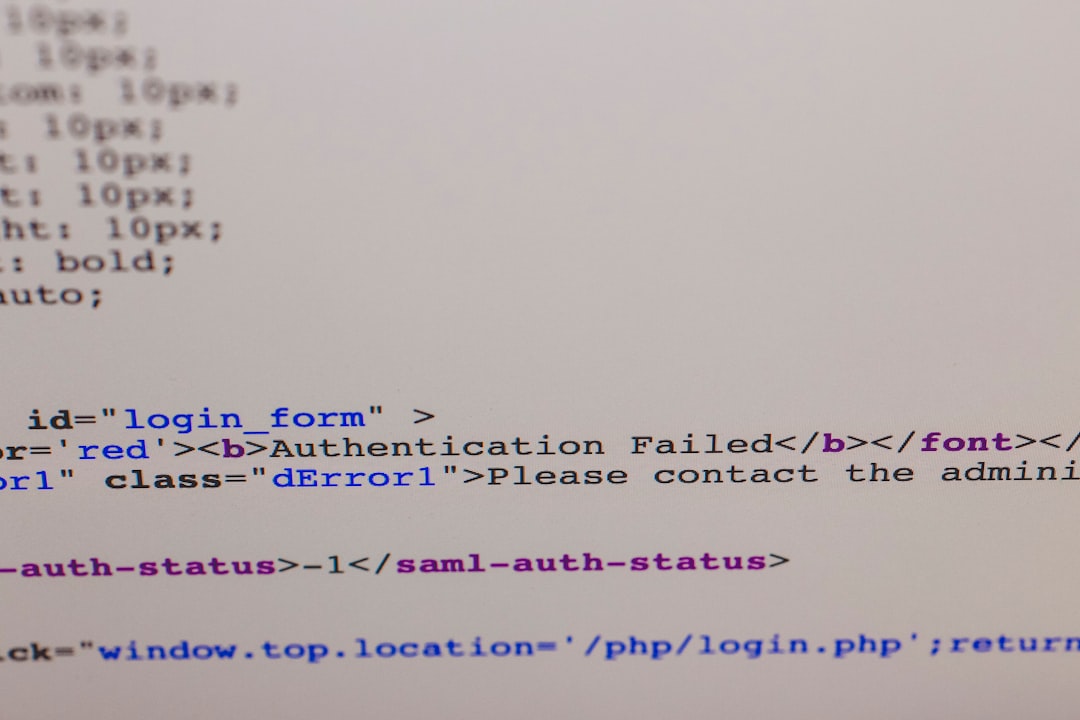If you’ve ever relied on a billing platform to automate your monthly invoicing, you know how convenient it can be—until it stops working unexpectedly. That’s exactly what happened to me when I discovered that recurring invoices simply stopped generating in my account on a lesser-known billing platform. What followed was a deep dive into automation logs, a touch of scripts, and a recovery operation that relied on cron jobs and webhook reconciliation.
TL;DR
Due to an unnoticed misconfiguration and a silent failure on the backend, recurring invoices on my billing platform stopped generating without alert. After tracing the issue, I discovered that a scheduled cron job tied to recurring invoice generation had failed. To recover, I created a system that used missed timeframes and reconciled webhook logs to automatically regenerate the missing invoices. The solution worked, but highlighted some crucial lessons in transparency, backup automation, and monitoring.
How the Issue Began
The first sign of trouble was a customer email: “Why haven’t I received this month’s invoice?” I quickly logged into the billing dashboard to find that the last invoice generated was from over 45 days ago. Several clients were affected. Oddly, there was no error message, log entry, or even an alert to suggest something had gone wrong.
With some investigation, I discovered that my billing platform had a silent dependency on a cron-based backend that wasn’t visibly exposed to users. This meant that a failure in their internal scheduling mechanism wouldn’t be reflected on the dashboard—or anywhere accessible.
Breaking Down the Problem
From past experience, I realized the problem likely stemmed from one of three scenarios:
- Internal cron job failed or was disconnected
- Webhook payloads were no longer firing or reaching my endpoint
- A new condition or setting change silently halted invoice creation
After combing through the documentation (sparse and barely maintained), I reached out to the platform’s support. Their response? “Everything looks fine on our end.” Of course it did.
So, I decided to take matters into my own hands and build a recovery system that helped detect the gaps and backfill the missing invoices using cron scripts and a custom reconciliation tool.
Step 1: Building a Timeline of Missing Invoices
The first step was to take inventory. I dumped all customer subscription data and their latest generated invoice. From there, I built a simple script to determine which billing cycles had been skipped.
I used Python for the script, combining customer signup dates with their preferred billing frequency. This allowed me to see which customers were due for invoices during the platform’s “silent blackout.”
Example logic used in determining gaps:
from datetime import datetime, timedelta
def get_missing_invoices(start_date, last_invoice_date, frequency_days=30):
today = datetime.now().date()
missing = []
next_due = last_invoice_date + timedelta(days=frequency_days)
while next_due < today:
missing.append(next_due)
next_due += timedelta(days=frequency_days)
return missing

Step 2: Investigating the Cron Job History
Most billing systems run invoice generation tasks overnight using automated cron jobs. These jobs run commands on the backend, like:
0 2 * * * /scripts/generate_invoices.sh
Since my platform didn’t provide cron logs, I decided to mimic this process on my end. I recreated a cron job that simulates invoice generation, but this one ran audit scans instead. It would:
- Review each customer subscription
- Check for missing invoice entries
- Append them into an actionable list
I used AWS Lambda with a scheduled CloudWatch trigger every night to run the job and store the output in an S3 bucket. This ensured that even if the platform failed silently again, I’d catch the lapse in under 24 hours.
Step 3: Reconciling Webhook Events
Webhooks often tell the real story. I had a webhook in place to listen to invoice creation and payment events. By comparing recent webhook events to expected invoice dates, I could verify whether or not a webhook had triggered for each customer per cycle.
Unfortunately, I discovered that even webhooks had stopped firing. This confirmed my suspicion: the cron job responsible for initiating invoice creation was either disabled or crashing.
To reconcile, I parsed all historical webhook logs from our database for invoice events and paired them with our missing invoice report. This let me finalize EXACTLY which invoices should be regenerated.

Step 4: Rebuilding the Missing Invoices
Now came the fun part—repopulating the missing invoices safely. I wrote a script that used the billing platform’s API to re-create invoices. Since this isn’t an officially supported workflow, I made the process idempotent. This avoided sending multiple invoices for the same cycle if the script was run repeatedly.
Key logic per customer:
- Check for existing invoice with same date & customer ID
- If absent, assemble invoice line items manually
- Push to billing API with safeguards
It wasn’t perfect, but it worked. I also added a dry-run mode to the script to preview which invoices would be created, acting as a final confirmation layer.
Lessons Learned
This whole journey served as a good reminder that automation without oversight can be dangerous. Even a small lapse, when undetected, can cascade into a major business disruption.
Here are my main takeaways:
- Always monitor assumptions – Just because something is “automated” doesn’t mean it’s working.
- Log everything – Webhooks, expected job runs, and invoice outputs should be traceable.
- Simulate platform logic on your side – When you can’t trust it, replicate it.
- Fail-safe designs matter – Anything that touches customer billing deserves extra redundancy.
Automation Going Forward
Since implementing this recovery and monitoring process, I’ve continued using my own cron + webhook verification system as the guardrails for invoicing. I now monitor:
- Invoice events via webhook filters
- Cron job silent runs with email results
- Monthly audit reports for invoice gaps
In fact, I’ve started developing a micro-service that wraps around the platform API specifically for “invoice observability.” I call it “ghost audit”—because it tells me if something should exist, but doesn’t.
Conclusion
Even when using a less-known or under-documented tool, you don’t have to be at the mercy of its limitations. The key is to simulate, monitor, and build tooling to close the gaps. When recurring invoices stopped generating on my account, I discovered not just a technical failure, but a visibility failure.
Thanks to some scripting, reverse engineering, and API calls, I got things back on track—and built a more resilient system in the process. If you operate on the edge with niche platforms, your best insurance is creating your own safety net.


